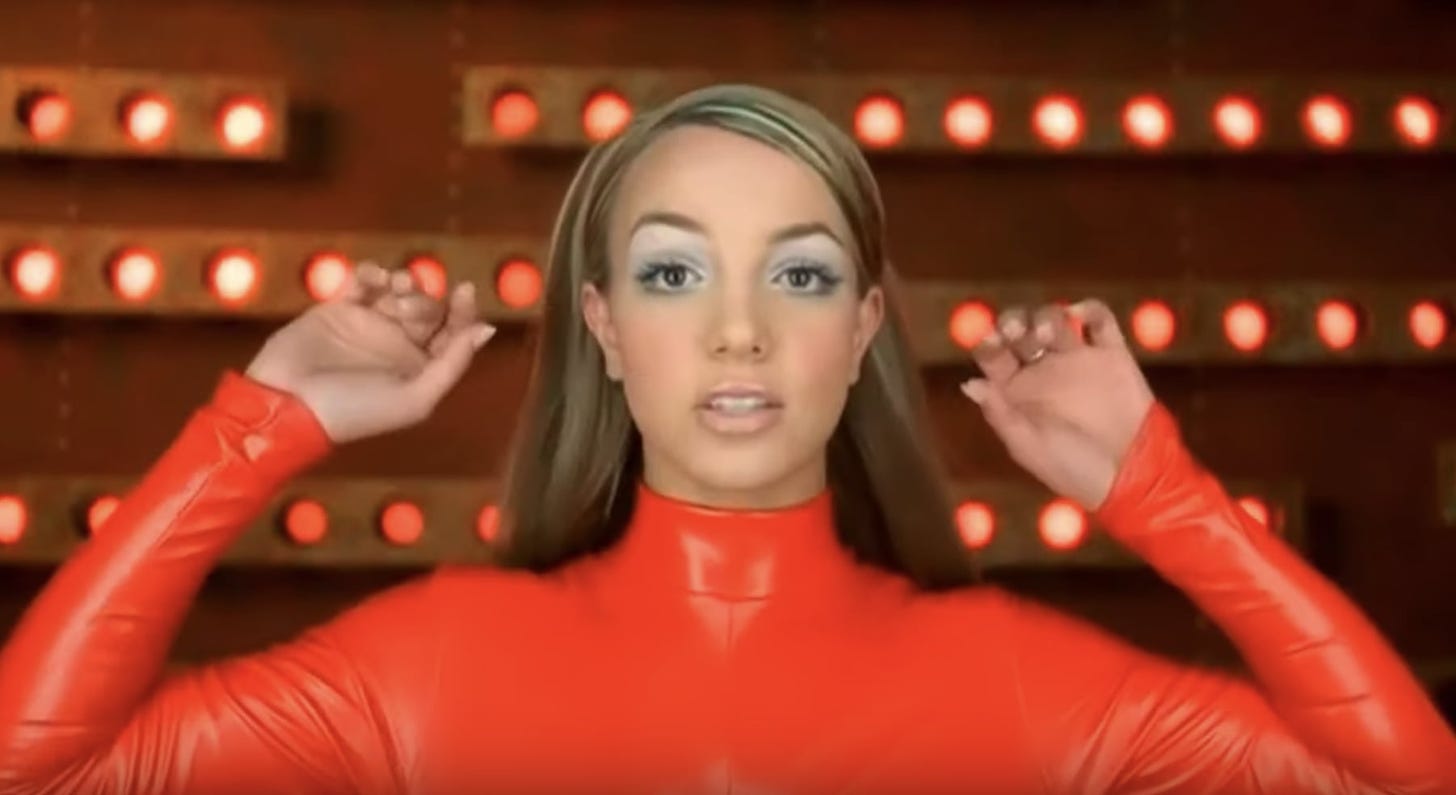This is a weekly newsletter about the art and science of building and investing in tech companies. To receive Investing 101 in your inbox each week, subscribe here:
I’ve written before about how I occasionally do this thing where I bite off more than I can chew. I reserve a few hours each Saturday morning for panic writing my posts. I almost never really have time throughout the week to spend any time on it. But if I ever try and tackle a bigger topic, I often run out of time before I have to sprint off to a busy Saturday of playdates, Tennis practice, and errands to run.
Hence, the Brittany reference. “Oops… I did it again.” Turns out a couple hours isn’t enough time to unpack a topic as big as “Surviving The Death of Venture Capital.” Here’s to hoping I can get that out next week, cause I’m really enjoying unpacking the topic.
Instead, this week I’ve included an excerpt from a new memo we recently published for Contrary Research on Midjourney. Check it out:
Thesis
Creators and advertisers are constantly in need of image content, and supply has grown to meet that demand; the volume of image content has steadily climbed for more than a decade. The number of photos shared over social media has tripled since 2013, with 14.1 billion images shared per day across WhatsApp, Snapchat, Facebook, and Instagram as of October 2023. Even on video-first platforms like YouTube and TikTok, creators and advertisers rely on thumbnail images to get users to click on the video.
Stock photography is one commonly used solution for creators and advertisers looking for images to help attract traffic or views. The stock photography market was valued at $3.3 billion in 2020. Free stock image sites host millions of photos — for example, Unsplash hosted 3 million photos as of October 2023. Meanwhile, Shutterstock, one of the largest paid stock photography sites, hosted over 1 billion images as of October 2023. With the average cost of a stock photo reaching $1.11 as of April 2023 and the risk of the same photos being overused, generative AI for commercial use becomes increasingly attractive.
Not everyone can take breathtaking photos or draw photorealistic art, but anyone can type an idea for an image that AI can then generate. In its early days, this ability quickly attracted the interest of social media users; for example, Hank Green’“cat” thread on Twitter attracted over 100K likes. Outside of social media, “AI art generator” received an average of 864K searches per month globally from August 2022 to August 2023, while “stock photo” only achieved an average of 94K searches per month globally in the same period. Generative image AI is already being used to quickly produce concept art, make movie trailers, and even win art competitions.
Midjourney describes itself as an “independent research lab” known for producing a generative AI program that creates images based on text prompts. As the demand for online imagery continues to increase, Midjourney could offer a cheaper and more customized alternative to stock photography and reduce time spent on the brainstorming phase for contractors, game designers, and other artists alike. As of October 2023, Midjourney is a self-funded team with 11 full-time employees and is an open beta which it entered into in July 2022.
Founding Story
Midjourney was founded in 2022 by David Holz (CEO). Prior to founding Midjourney, Holz described himself as having been a serial entrepreneur since high school, when he ran a design business while still a student. He studied physics and math in college and before going on to pursue a PhD in applied math while working simultaneously at NASA and the Max Planck Institute from 2009 through 2011.
Holz eventually became overwhelmed and took a leave of absence from his Ph.D. program to move to San Francisco and start his first startup, Leap Motion, around 2011. The company’s hardware was utilized by over 300K developers during its twelve years of operating under Holz’s leadership. In May 2019, the company was acquired by Ultrahaptics, now Ultraleap, for roughly $30 million or 10% of Leap Motion’s $306 million peak valuation in 2013.
In August 2021, Holz left Leap Motion to start Midjourney, seeking a change from large venture-backed companies. After recruiting a team of ten engineers, the independent lab launched its first private demo in September 2021. As Holz watched the first users test Midjourney, he began to realize the tool’s potential, wondering:
“What does it mean when computers are better at visual imagination than 99 percent of humans?”
By February 2022, Midjourney was released publicly in the form of a Discord bot within the Midjourney community. Hosting the product in Discord gave people the space to imagine together while also giving newcomers examples to explore. As Holz described in a November 2022 conversation with Stratechery’s Ben Thompson:
“I think that the Midjourney experience would not work at all if it was just talking to a chatbot in [a] room by yourself, but the second that it’s in a room with lots of people, it becomes really interesting.”
By August 2022, the Midjourney community had roughly one million members who Holz described as a “hive mind of people, super-powered with technology”.
To read the full memo, check it out here on Contrary Research.
Thanks for reading! Subscribe here to receive Investing 101 in your inbox each week:




